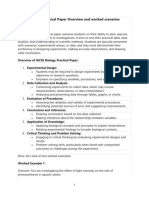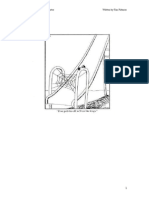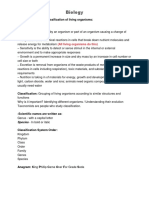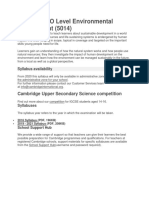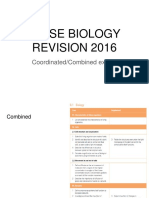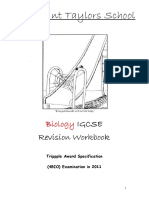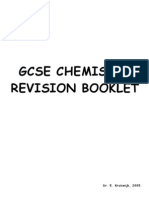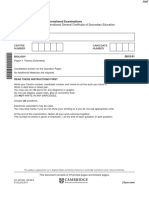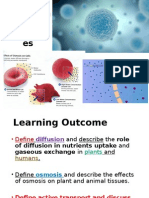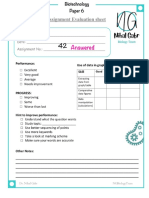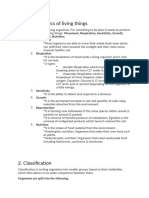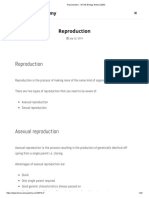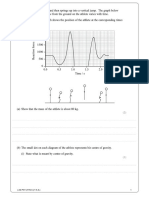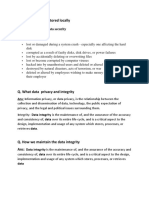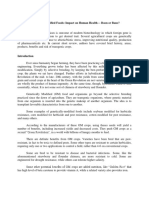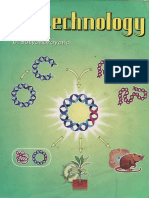100% found this document useful (1 vote)
468 views11 pagesCombined Notes - Unit 1 Edexcel Physics A-Level
This document provides a summary of reproduction and inheritance. It discusses two types of reproduction: sexual reproduction which involves the fusion of egg and sperm cells from two parents, and asexual reproduction which involves one parent. Key terms like fertilization and zygote are defined. The roles of male and female parts in flowering plant reproduction are outlined. Human male and female reproductive systems are also briefly described. The document then discusses pregnancy, reproductive hormones, and the menstrual cycle. Finally, it provides an overview of inheritance, defining terms like DNA, genes, alleles, and chromosomes.
Uploaded by
Zubair KhalidCopyright
© © All Rights Reserved
We take content rights seriously. If you suspect this is your content, claim it here.
Available Formats
Download as PDF, TXT or read online on Scribd
100% found this document useful (1 vote)
468 views11 pagesCombined Notes - Unit 1 Edexcel Physics A-Level
This document provides a summary of reproduction and inheritance. It discusses two types of reproduction: sexual reproduction which involves the fusion of egg and sperm cells from two parents, and asexual reproduction which involves one parent. Key terms like fertilization and zygote are defined. The roles of male and female parts in flowering plant reproduction are outlined. Human male and female reproductive systems are also briefly described. The document then discusses pregnancy, reproductive hormones, and the menstrual cycle. Finally, it provides an overview of inheritance, defining terms like DNA, genes, alleles, and chromosomes.
Uploaded by
Zubair KhalidCopyright
© © All Rights Reserved
We take content rights seriously. If you suspect this is your content, claim it here.
Available Formats
Download as PDF, TXT or read online on Scribd
/ 11





